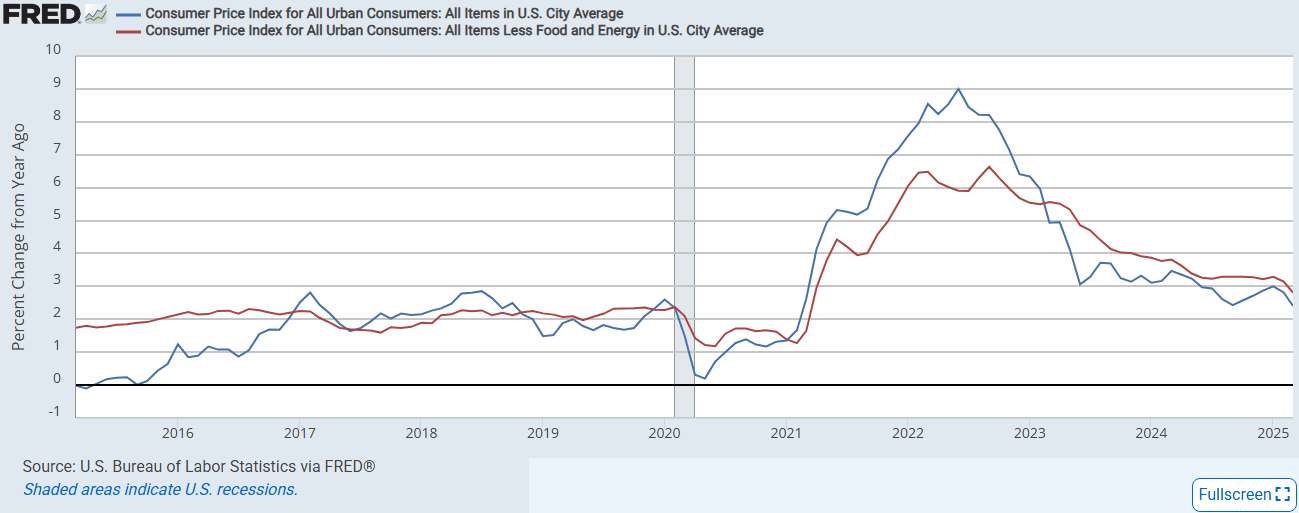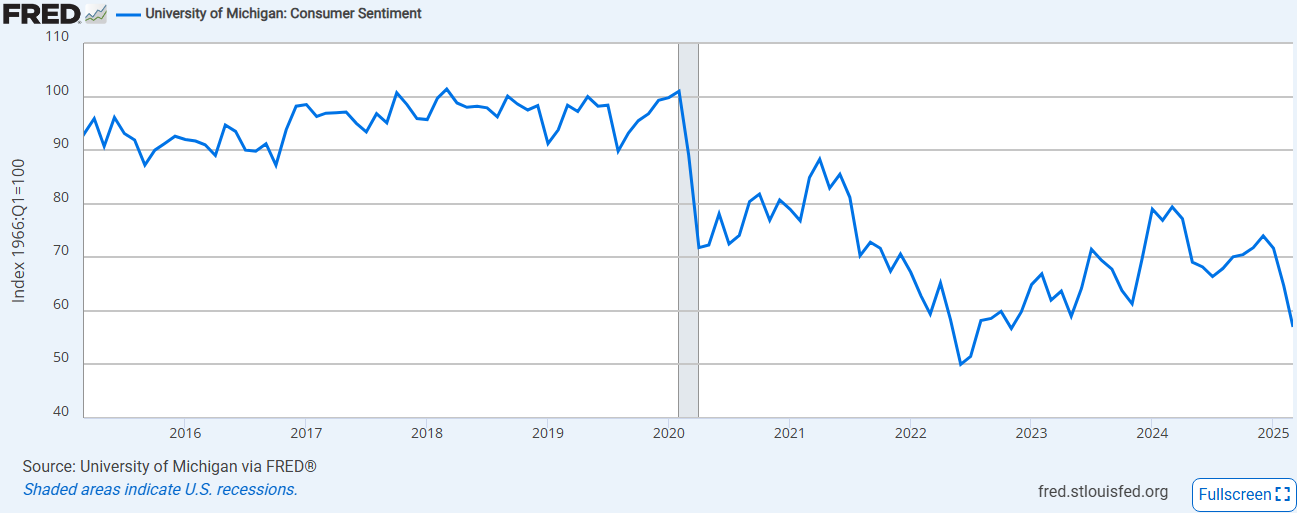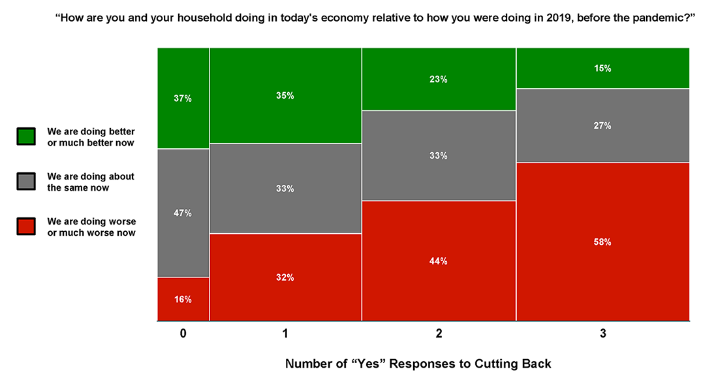You may have heard over the weekend that Moody’s, one of our country’s three main investment-related credit rating agencies, downgraded the US to one step below AAA. S&P was the first to downgrade us back in the summer of 2011, then came Fitch in 2023 and now Moody’s. We’ve completed the set, so to speak.
While S&P’s downgrade shook the markets back in 2011, the reaction this time is more of a yawn; it’s newsworthy but not necessarily news because it confirmed what most already understand to be true. The US is on a long-term unsustainable debt path but we’re still the “cleanest dirty shirt” in the laundry basket of western economies, as was said back in 2011. We’re growing, have good structure, and our currency is likely to remain the most trusted for the foreseeable future. All that and more is probably why the markets have mostly shrugged off the Moody’s announcement.
Still, some of the details and analysis since Friday are interesting, and perhaps a little soothing given some of the headlines in recent months, so I’m reproducing snippets from Moody’s and my research partners at Bespoke Investment Group.
From the Moody’s press release – a link to the full document is below [emphasis mine].
Successive US administrations and Congress have failed to agree on measures to reverse the trend of large annual fiscal deficits and growing interest costs. We do not believe that material multi-year reductions in mandatory spending and deficits will result from current fiscal proposals under consideration. Over the next decade, we expect larger deficits as entitlement spending rises while government revenue remains broadly flat. In turn, persistent, large fiscal deficits will drive the government's debt and interest burden higher. The US' fiscal performance is likely to deteriorate relative to its own past and compared to other highly-rated sovereigns.
The stable outlook reflects balanced risks at Aa1. The US retains exceptional credit strengths such as the size, resilience and dynamism of its economy and the role of the US dollar as global reserve currency. In addition, while recent months have been characterized by a degree of policy uncertainty, we expect that the US will continue its long history of very effective monetary policy led by an independent Federal Reserve. The stable outlook also takes into account institutional features, including the constitutional separation of powers among the three branches of government that contributes to policy effectiveness over time and is relatively insensitive to events over a short period. While these institutional arrangements can be tested at times, we expect them to remain strong and resilient.
While we recognize the US' significant economic and financial strengths, we believe these no longer fully counterbalance the decline in fiscal metrics.
A significantly faster and larger deterioration in fiscal metrics than we currently expect would weigh on the rating. A rapid move out of dollar assets by global investors could precipitate such a deterioration if it resulted in much higher interest rates, causing the interest burden to rise faster than we currently expect. We do not consider this to be a likely scenario since a credible alternative to the US dollar as global reserve currency is not readily apparent.
And now some analysis from Bespoke.
Just after the close on Friday, Moody’s downgraded the US from Aaa to its next-highest rating, marking the third time since 2011 a major ratings agency has removed the AAA (or equivalent) from US sovereign debt. The new Aa1 rating is still extremely high in the scheme of things, and the sort of downgrade that would force sales of UST by existing holders [such as pension funds and others who are required by their own investment policy to buy AAA-rated bonds] would require a far larger cut to ratings. That’s not on the horizon. Moody’s had previously had the US on credit watch negative but has shifted that outlook to stable.
Back in 2011, S&P originally removed the AAA rating for US credit over risks that the US would not actually pay its bills and a default might take place if the debt ceiling was not extended by Congress. This sort of ratings downgrade makes some sense at the margin. Debt ceiling brinksmanship is messy enough that it’s not hard to imagine a scenario where Congress doesn’t raise the debt ceiling by accident or a day late, and Treasury refuses to make payments on debt due thanks to this cap. While that scenario’s likelihood is very low, we think it is materially higher than one where the payment of debt in US dollars is threatened, either by strategic default or because cash is not available to meet outstanding obligations.
US federal debt is denominated in dollars, and the issuer of that debt also issues dollars. To be sure, schemes like monetizing the debt (the Federal Reserve issuing new reserves to fund purchases of bills or UST when the market won’t buy them) would hypothetically have huge negative effects. But they’re always an option making the possibility that fundamentals like debt-to-GDP or the fiscal deficit would drive a US default basically zero. Despite that dynamic, Moody’s cited those two ratios among others as the key drivers of concern that led to the downgrade on Friday, which is a bit confusing.
Here’s a link to the Moody’s press release if you’re interested.
https://ratings.moodys.com/ratings-news/443154
Have questions? Ask us. We can help.
- Created on .






